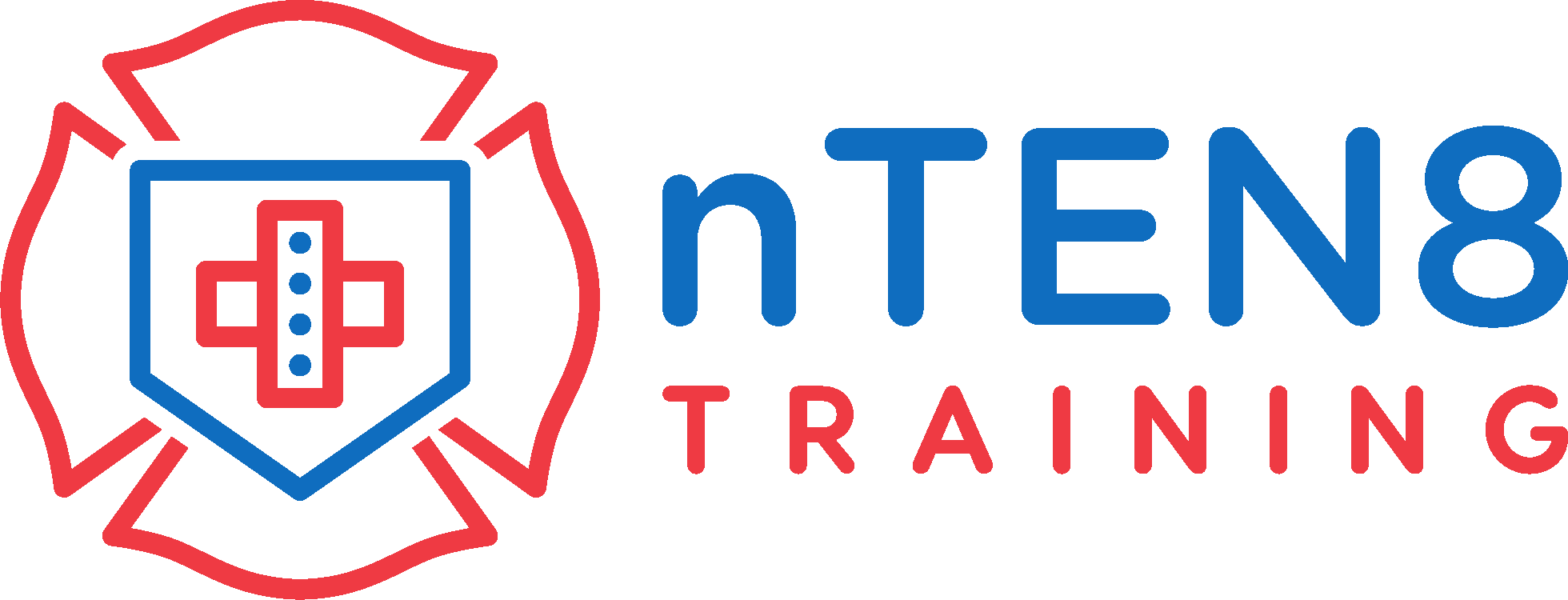Understanding Lockdown Protocols in Education: Learn about the importance of having a lockdown protocol in educational settings and how it ensures the safety of all individuals during emergencies.
Key Components of a Lockdown Procedure: Explore the essential elements of an effective lockdown approach, including communication protocols and safe zones, to create a comprehensive emergency response plan.
Roles and Responsibilities: Understand the specific roles and responsibilities of staff, teachers, and students during a lockdown, highlighting the importance of everyone's contribution to the safety of the school community.
Importance of Regular Drills: Discover how regular lockdown drills help familiarize everyone with the protocol, reduce anxiety, and ensure a smooth response during real emergencies.
Continuous Improvement of Lockdown Procedures: Learn about the importance of ongoing review and improvement of the lockdown protocol, incorporating feedback, reviews, and real incidents to enhance its effectiveness over time.





